
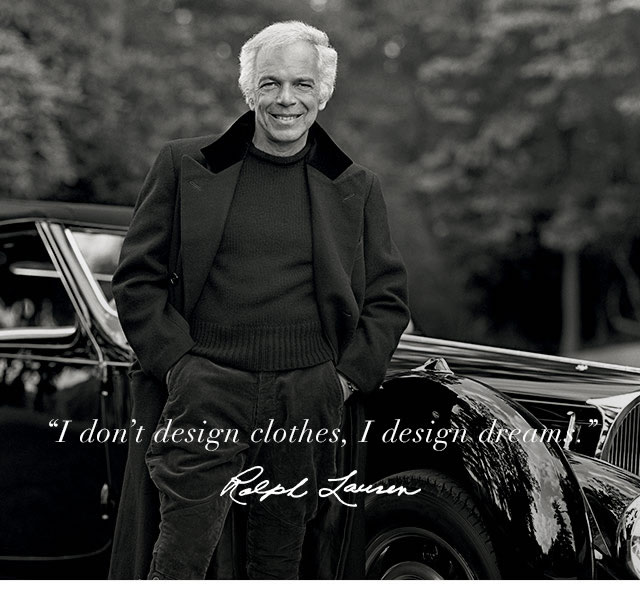
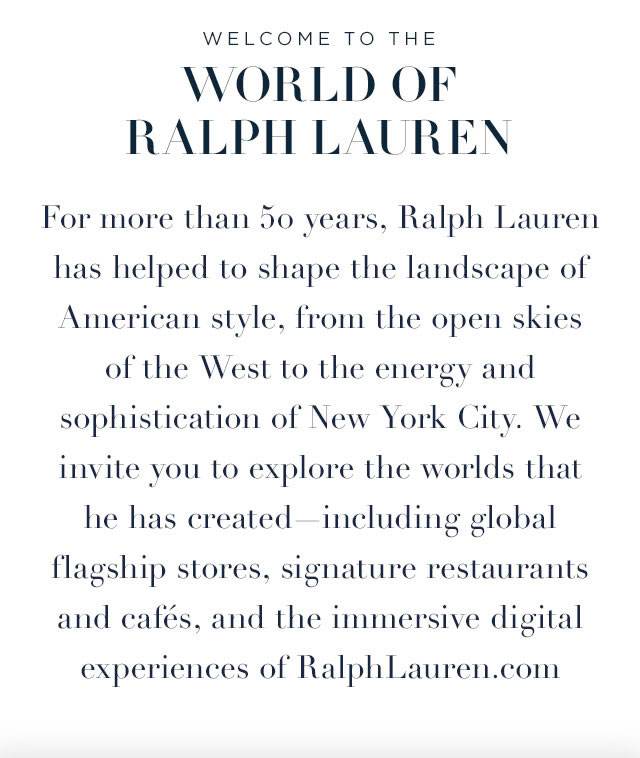
50 YEARS, WALKING THE DREAM, BRAND STORYTELLING VISIONING IN THE MAN, THE BRAND: RALPH LAUREN
This goes back, and it speaks to my own history at the beginnings of my career, which now sorts out to about 45 years. There was a meet-up, momentary and gracious, with Mr. Lauren; my encounter with Ralph was wrapped around a department store event, since at the beginnings of my working strides as a designer—I was interested in this idea of brand storytelling integrations—sewing campaigns together—an overarching theme interwoven in complex experientiality: which could be a restaurant, a shop-in-shop, a set of merchandising customizations—integratively displayed, a window arrangement, a packaging and signing system.
Ralph was there, Bloomingdale’s, and we talked.
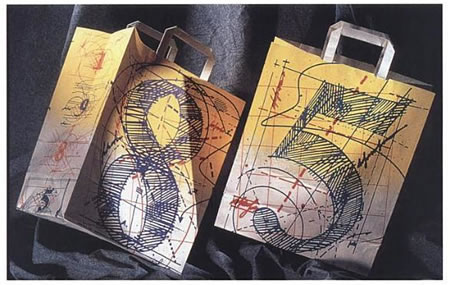
Back then, working around department stores was the best way for me to get there. I’d met Ralph Lauren—I tracked him, found him, introduced myself, but hardly to any degree that he’d recall. Yes, I did have a connection with him, decades ago. Brief. And unforgettable, for me. Likely completely unknown to him. Why? I’d pitched his group on creating a line of emblems for sport—specifically for squash—
one of the sports that I love.
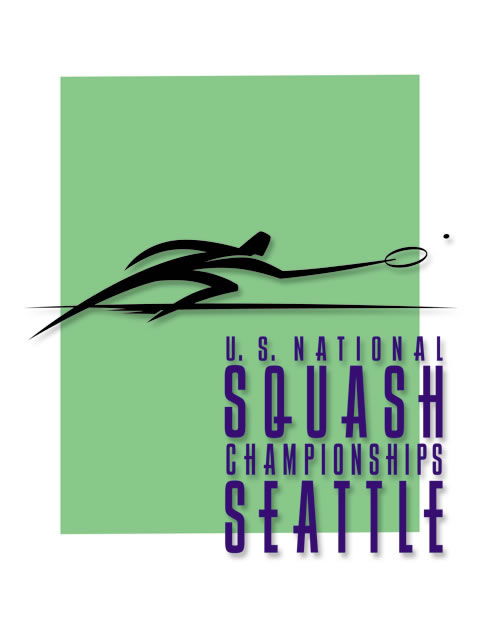
That was a catalyst—branding athletic and equine events–to continuing a watchful surveillance over the last decades.
What I’d offer is that the quintessential storytelling in the context of product development and brand expression is well exemplified in the overarching character of Ralph Lauren, the man, and in Ralph Lauren, the brand.
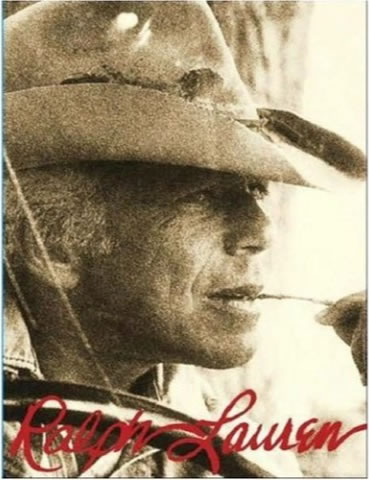
Ralph Lauren by Ralph Lauren
I’d been asked, at the International Retail Design conference Seattle, as a keynote speaker, what stories were the most compelling to the conceptions of store, of story, of brand. That was then, this is now.
Our work is inherently all about story—everything we do, from motion picture design, to real estate, to entertainment brand development in hospitality; it’s all about telling tales, gathering an audience, holding them close—
and captivating their attention.
And that’s for all of us—we live our lives around storytelling—who we were, who are are, where we are going: it’s all a story—what’s been, a dream for now, a dreaming towards tomorrow. Each, a story: something to tell ourselves. And something to tell another. Relationships are built on the Latin etymological framing: relatus — “to carry, as in a story.”
So any story is worthy of exploration—examination—explication—explanation. Find, study, unfold, explain.
My references at the talk spoke of my work with Yves Saint Laurent, with the Nordstrom clan, with Apple and Steve Jobs.
These stories go back,
come forward to the now.
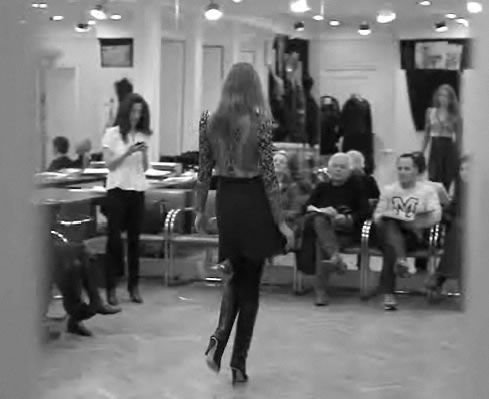
Ralph Lauren at a collection planning meeting
But when it comes to story, and brand, there is one American brand that has been consistent in the evocation of imagination in a comprehensive, integrated and hybrid media expression.
R A L P H L A U R E N.
He’s had a dream, a holistic storytelling, to expand as a personal visioning. But rather than other brand owners, he’s pursued that visioning horizontally to a broad layering of RL experiences—as noted at the head of this blog—an invitation to his world.
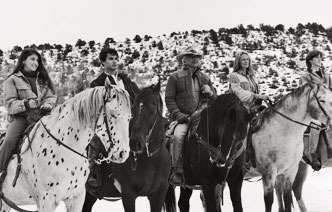
The Lauren family at the Double RL Ranch
The story of the Ralph Lauren brand proposition isn’t so much about the product, but it’s about the man. And while this might be seen as something—the brand, the person, the legacy—that is characteristic of fashion-related branding there’s a critical context to truth. While some brands have tried to “invent” themselves, others replicate, and still others are simply counterfeiting, Ralph is a truly inspired—and continuously aspiring—designer. He is the very character of aligning personal sensibilities and sentiment to the creation of visioned product. And, all along, we’ve followed him, in his life and how that experience has lent itself to his gallery of offerings.
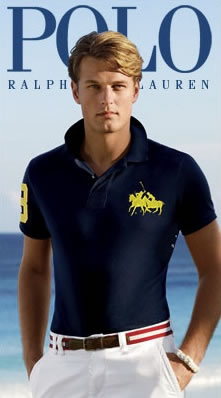
The Polo brand legacy
Chicago writer, Elizabeth Blackwell assesses “Whether you’ve ever worn a shirt stitched with that iconic polo-player logo, you can’t deny the lure of the Polo Ralph Lauren image. Think of those ads, filled with elegant models lounging around the pool in the Hamptons, or arrayed on a stylish plaid picnic blanket with mountains rising in the distance. These idealized images may not reflect the life of the average American, but they’re powerful enough to resonate all over the world.”

Her positioning of the Ralph Lauren brand is that the story is what is truly being sold, “as much as it sells clothing and home accessories; the mythology is a key to the company’s success.” And that if it’s possible for a group product positioning to “find the right story…” it can effectively “compete in the global marketplace.”
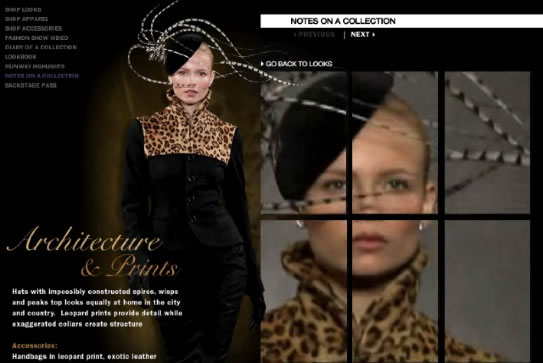
Even while these are inordinately challenging times for retail, with sales falling off sequentially for most retail in 2018-2019, after consistently raining gloom for 12 months running, Ralph’s group prevails in its survival, off odds that all luxury brands face.
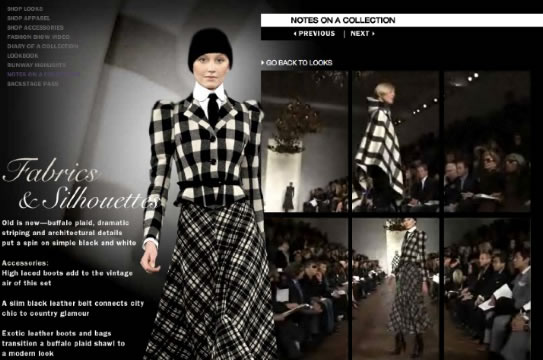
“The global appeal of our iconic products continues to expand,” according to Lauren statements.
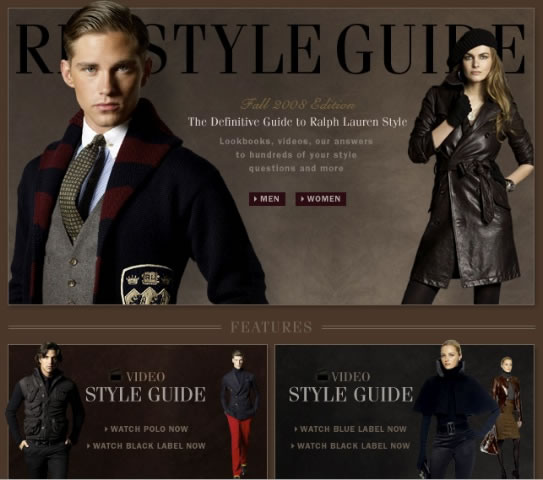
Video style guides at ralphlauren.com
That celebration and success is about Ralph’s legitimacy of story and the very character of its implied authenticity. That lends itself to absorption—it’s embraced—by global audiences.
Ralph’s history is appealing and implies dreams that viewers that many can identify with: born Ralph Lifshitz in the Bronx, he now “lives a jet-set existence right out of one of his ads, with homes in Manhattan, the Hamptons, Jamaica and a ranch in Colorado. You don’t have to be an American to envy him—or to try to emulate his life.”
Participating in brand visioning is about the concept of gathering in, being attuned to the story and how that can be personally shared.
“It’s my brand, it’s my story.”
[too]
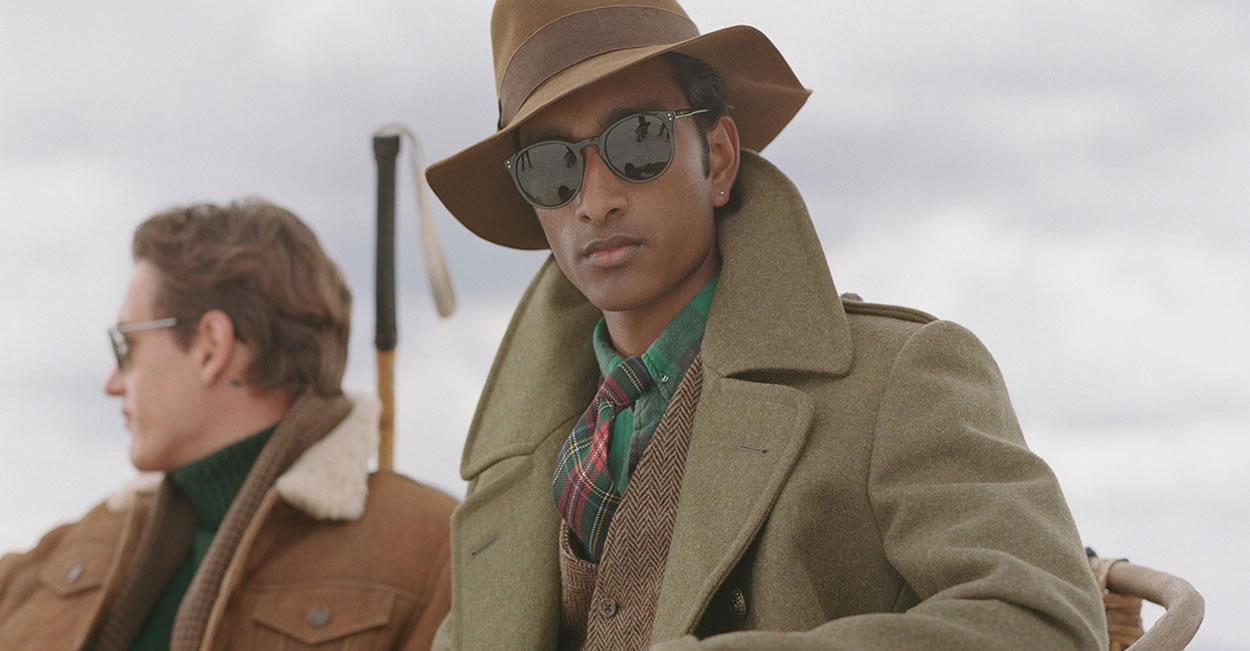
style
THE CASE FOR
THE COAT
THIS SEASON, MAKE A STATEMENT PIECE OF OUTERWEAR YOUR SARTORIAL CALLING CARD
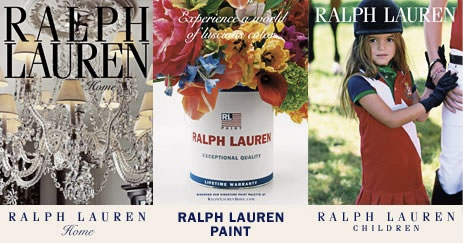
Brand conceptualizations in lifestyle merchandising
That sharing lends itself to expanding—one story becomes another.
And that story is personally held—by yet another.
And, to a viral expansion, it spreads exponentially.
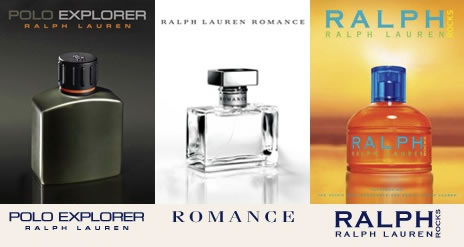
Fragrance merchandising in scent branding
But fashion implies a kind of responsiveness to trend. And while some designers evoke the outrageous, the mainstream story is how Lauren continuously innovates.
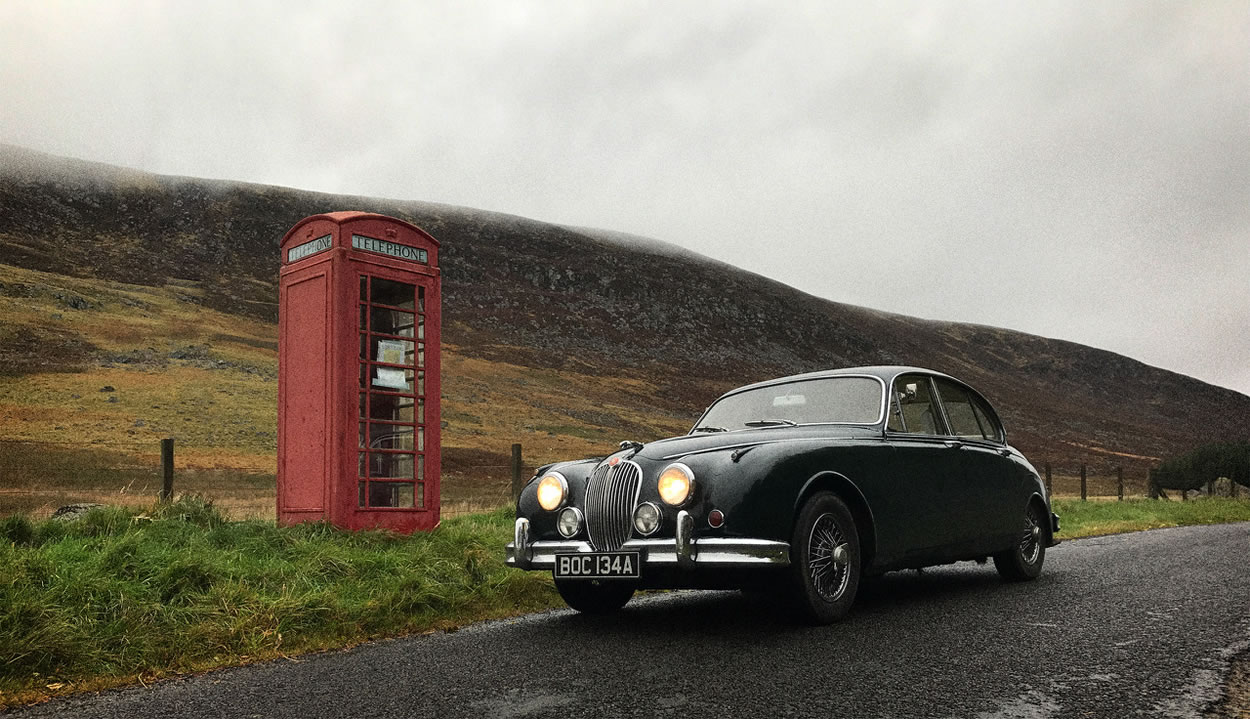
Merchandising brand experience in lifestyle alignments
But in a manner, Ralph’s work creates its own grouping of micro-trends that are less about spectacle and sensationalism and more, as well, about evolving classical thematic styling.

Differentiating brand strategy in layered product offerings (and stories)
It “sells itself as a brand that’s not swayed by trends, company’s designer collections cater to current styles when it comes to skirt lengths and the width of suit lapels.”; the focus is timelessness — and resonant wearing “sustainability” — focusing on classic looks.
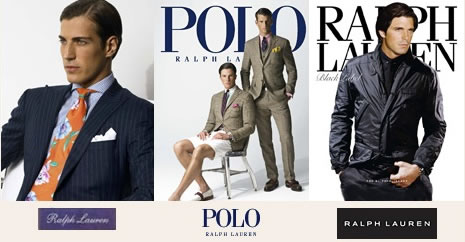
Men’s branding folios for layered offerings—made then, relevant now.
The company can sell in France as easily as in Japan,
all while staying true to its overtly American image.
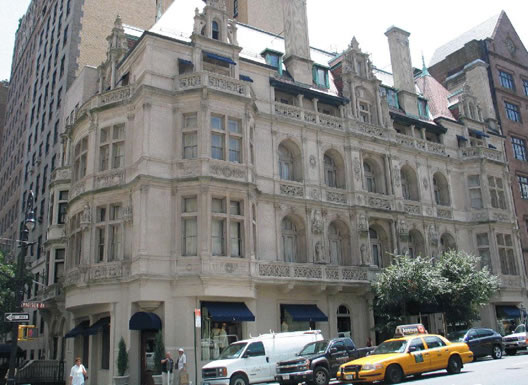
Madison Avenue flagship for Men Photo by Propertyshark
The styling of Ralph’s retail is exemplified, as well, in the storytelling that infiltrates their stores — 80 around the world, and they all sell the same glamorous-yet-restrained lifestyle. They imply the look of a Fifth Avenue mansion laden with the merchandising styling of the antique furniture that embodies the spirit of the brand.
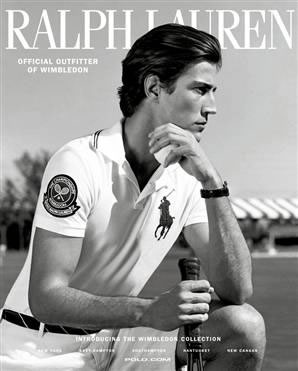
Wimbledon Tennis Collection brand extension
The company has also been smart when it comes to marketing, aligning itself with events that attract an international audience. It seeks to create alignments that are brand relevant and audience resonant. For example, speaking of classic sporting, Polo Ralph Lauren provided the uniforms for Wimbledon tennis tournament officials.
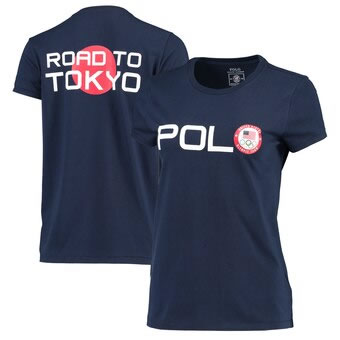
As an official outfitter of the U.S. Olympic team,
Ralph Lauren offered Tokyo products.

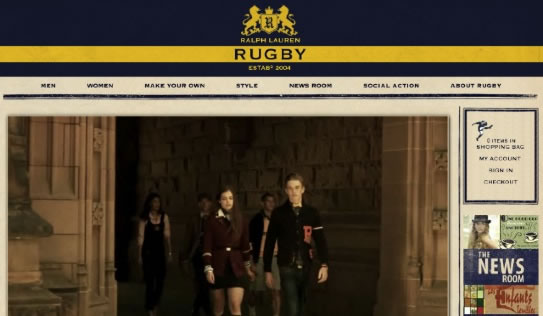

New brand development expanding demographic framing: Rugby
What relation is there to storytelling in the context of branding? Elizabeth Blackwell references, “it’s all about having a story, one that explains who you are and what your company stands for.
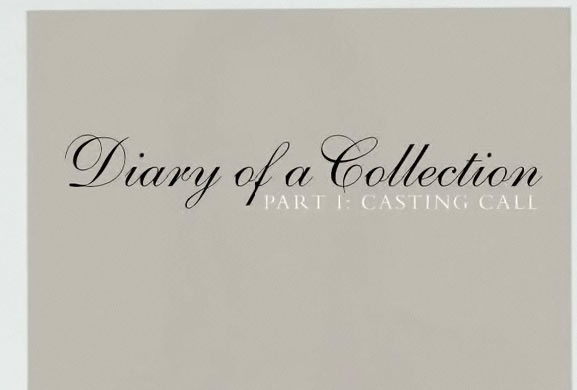
Brand storytelling in collection development
It could be your company’s multi-generational family history.” It could be the spirit of innovation and invention—consider the tale of how a product was created in a basement or garage (see Hewlett-Packard). “A good story crosses regional and even national boundaries. Ralph Lauren is a quintessentially American brand, yet it’s selling well in Europe. Why? Because that wealthy, relaxed, life-of-leisure image represents an easy-to-understand version of the American dream.”
What’s your story to tell, what truth might there be in the telling and finally, who cares? The point is the authenticity of the offerings, the depth of the layering of the brand — the deepening of the contact to the psyche of the receiver — the listener — and finally, that it offers resonation to captivate attention.
As a person, you have a story. As any brand is fundamentally human, speaking to humans, the psychic link is profound, memorable and unmistakable.
Tim Girvin | NORDSTROM | NYC